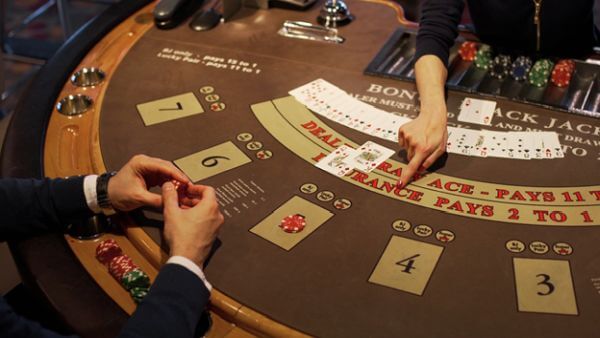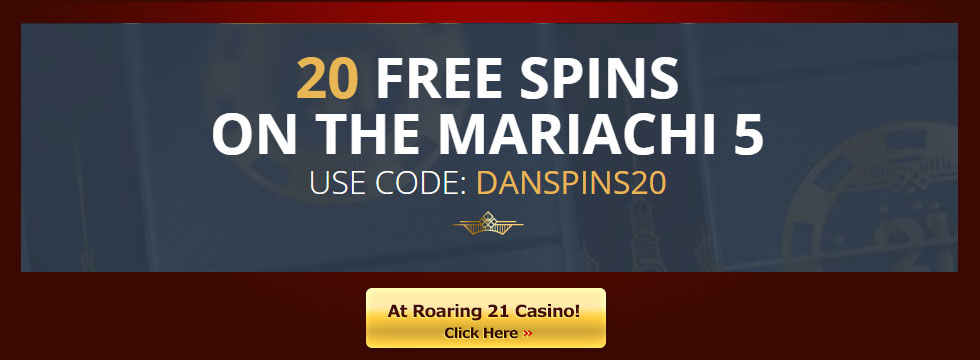Blackjack is a reasonably straightforward game with favorable odds. That is the primary reason for its global popularity. But although the house has the advantage in this case, it is entirely feasible to win a blackjack game.
If you’re interested in getting started, here’s a beginner’s guide that provides the basic card game rules, practical techniques, and vocabulary — a simple approach for newbies to play Blackjack.

What is Blackjack?
Blackjack, often known as pontoon or twenty-one, is one of the most popular casino games worldwide. It is a banked game at a casino, which means that rather than competing against each other, players are competing against the dealer. This is pretty much the objective of the game. But how do you beat the dealer? And how do you lose against the dealer?
Beating the Dealer
To win at Blackjack, your primary objective must defeat the dealer. Thus, to beat the dealer, you must meet the following:
- You draw a hand worth more than the dealer’s hand worth.
- The dealer must obtain a hand with a value greater than 21.
- If the dealer does not have a hand value of 21, you must draw a hand total of 21 from your first two cards.
Losing Against the Dealer
One of your objectives when playing Blackjack is to win; hence, you must be strategic and hope that the following do not occur:
- You have a hand total exceeding 21.
- At the end of the round, the dealer has obtained a hand with a higher value than yours.
Determining the Total Value of a Hand
A standard 52 deck of cards is played in Blackjack, and suits are irrelevant. Although the game was initially played with just a single deck, casinos devised multi-deck systems as a countermeasure to card counting based on the erroneous premise that if fewer cards were in play, it would be more difficult for the card tracker to maintain a count of them all.
Blackjack has become typically available in single-deck, double-deck, four-deck, six-deck, or eight-deck varieties. However, it should be emphasized that casinos online allow for the use of considerably more decks than it would be possible to operate offline.
Moreover, to play blackjack, you must understand the value that each deck upholds, as this will determine your hand total:
- Numbers two through ten are taken at face value. For example, a card with a face value of two will be counted as two, while a nine card will count as nine. The same goes for the rest of the numbered decks.
- Jack, Queen, and King are face cards counted as 10.
- Aces can be counted as either a one or an eleven. This will depend on which value is most advantageous to the hand.
If your starting hand consists of a ten-valued card and an ace, it is referred to as a Blackjack or natural. Whenever your hand consists of these valued cards first-hand, it defeats all other hands except another Blackjack. Moreover, if both the dealer and the player have a Blackjack, the outcome is a push or a tie, meaning neither the dealer nor the player wins, returning the player’s stake.
Playing Blackjack
Before you can even play at the table, you must first acquire chips. Several casinos will no longer accept “cash plays,” meaning you will have to exchange your cash for casino chips at the table. This is accomplished by simply going up to the table and laying your cash on the felt.
After exchanging your cash for casino chips, you can now place your wager in the betting circle. Once the players have placed all the bets, the dealer is now going to deal the cards in a clockwise direction. First, one card is dealt face up against each player at the table, followed by one card dealt face down to the dealer.
The dealer will then deal one more face-up card to every player and one additional face-up card to himself. So now, each player will have two face-up cards fronting them, while the dealer only has one card facing up and another card facing down.
Beginning with the player on their left, referred to as “first base,” the dealer will proceed and await that player’s turn to play their hands. And there are five ways in which players can play their hands:
- Stand – this is the point at which you wish to keep whatever hand you have and refrain from drawing any additional cards. Additionally, this hand play is considered a calculated risk, as the dealer may hold a more substantial hand than you do.
- Hit – If you wish to receive additional cards to boost your hand value, the dealer will give you additional cards one by one until the total of your hand exceeds 21, or you can choose to stand.
- Double Down – Doubling down entails placing an additional wager and consenting to acquire one more, ONLY one additional card.
- Split – This hand play is permitted when you obtain two cards with the same rank. You pick each of your two cards and create two new hands whenever you choose to split a hand. To obtain the second hand, you must pay an additional wager. These two hands are handled independently and will be paid off independently of one another.
- Surrender – If you do not like your first hand, you may surrender it in exchange for a refund of half your initial wager.
Takeaway
Blackjack can be fun and exciting, especially because this casino game is so simple to learn. Even if you’re a complete beginner, you’ll be able to take up this card game quite easily with only a little practice.







